
The interior of St Mark’s church at Brithdir — a hamlet in Eryri (Snowdonia) National Park — radiates warmth with the terracotta hues of a Tuscan villa, and evokes the Liguruan sea with its domed ceiling of pastel blue. And this is not merely poetic licence. The building is the artistic expression of a tragic love story between a wealthy Welsh widow and the widowed chaplain of St Mark’s English church in Florence, Italy — “Carlo Denti”.
The inspiration for the remarkable church of St Mark, Brithdir, which came to the FoFC in 2005, lay in a colourful family scandal worthy of the pen of Wilkie Collins. It was born of the typical Victorian tension between the older, landed, interest, and ‘trade’, between a rather determined heiress on the one hand, and members of her very respectable family on the other. Louisa Janette Anne Edwards was the heiress – twice over, as it happens, from her father and her first husband Richard Meredyth Richards, Oxford graduate and barrister, sometime High Sheriff of his county, Merionethshire. She was not, therefore, a headstrong, flighty young thing, but a mature 53-year old widow (Richards had died in 1873) with two grown-up children, who could – or should, according to her family – be expected to make a sober judgement when it came to matrimony. In their eyes, she did no such thing; instead her choice fell on a sixty-three year old widower in uncertain health, the Revd Charles Tooth, who had spent the last seventeen years as resident chaplain of St Mark’s, Florence.
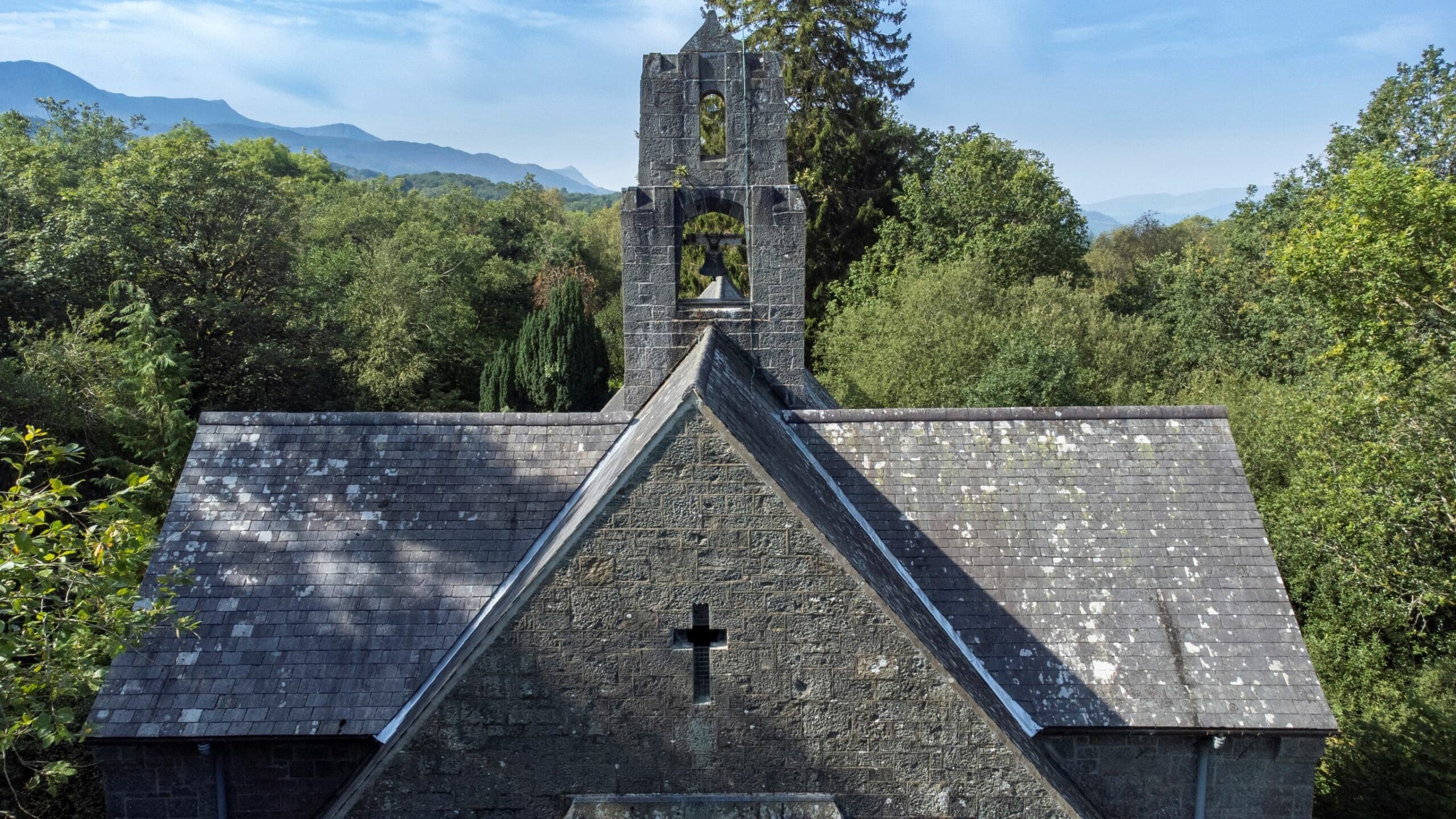

Florence already had a long-established English church, Holy Trinity, but from the outset St Mark’s was to be different; it was the magnet for those, residents and visitors, attracted by the Anglo-Catholic Movement, and Tooth was assisted in the creation of his new church by John Roddam Spencer Stanhope, artist, Pre-Raphaelite, resident at the Villa Nuti since 1880 because of his chronic asthma, and G F Bodley (much of whose interior decoration was unfortunately destroyed in the 1966 floods which devastated parts of the city). Charles Tooth had been Rector of St Mark’s, Snowhill, Shelton, near Stoke On Trent, where he had run night classes and Sunday schools for local workers and founded a choir and musical society. However, polluted air from The Potteries had damaged his health, which had brought him to the warm climes of Tuscany.1
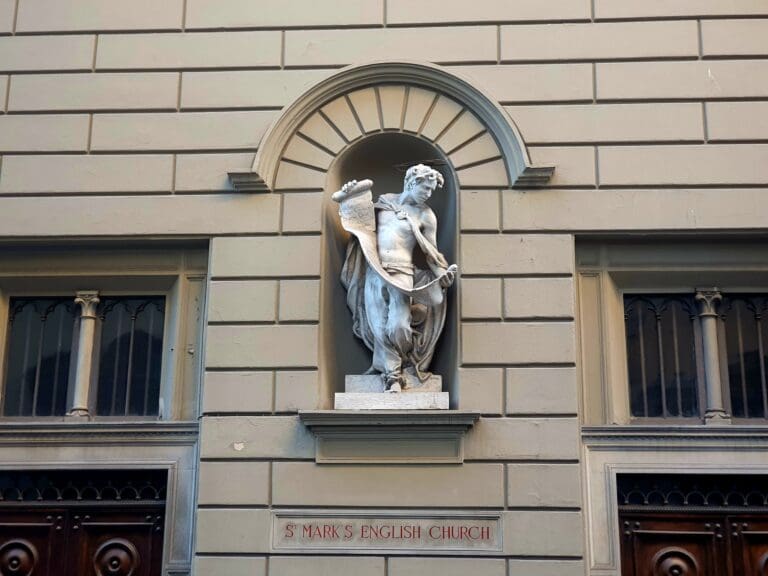
St Mark’s English Church, Florence

Florence today.
During much of the nineteenth century Florence was something of a mecca for foreign residents; the cost of living was low, there was the tradition of culture and the arts, and the English ‘Anglo-Florentine’ artistic and literary community grew and flourished, as the Protestant Cemetery bears witness. Elizabeth Barrett Browning, Arthur Hugh Clough and Walter Savage Landor are among those who found their final resting place within its walls. In life they had rented and sometimes bought run-down palazzos and villas, and restored them. Among them was Charles Tooth, who in 1880 had acquired a 15th century palazzo and converted a large part of it into a church.
So Louisa Richards was marrying what her family thought of as a rather eccentric and exotic cleric, who one aunt nicknamed ‘Carlo Denti’, Italianizing his name; but much worse; his money derived from ‘trade’, for the Tooths were brewers, and brewers on a rather grand scale. Charles Tooth had not always been a priest; from 1855 to the early 1860s he had been the Managing Director of the Burton-on-Trent brewery of Tooth Brothers, and was the co-author of patents relating to brewing. His brothers Robert, Edwin and Frederick had followed their uncle John to Australia, to which he had emigrated in the early 1830s, and Tooth Brothers had a thriving trade initially with the insatiable Australian market before in 1835 setting up their own Kent Brewery, which became New South Wales’ premier brewing concern, which position it was to hold for a hundred and fifty years.

Then, to cap it all, Tooth’s brother Arthur had a record. Ordained at the same time as Charles, and with an identical Anglo-Catholic outlook, in 1877 he had fallen foul of the 1874 Public Worship (Regulation) Act, a piece of anti-ritualist legislation, and, found guilty, had been committed to Southwark’s Horsemonger Lane Gaol, becoming overnight an ‘Anglo-Catholic Martyr’. The imprisonment was short-lived, but Arthur had retired, ostensibly on grounds of broken health (though he lived for another 53 years) to a convent and orphanage which he founded and funded at Croydon. He was still very much alive when his brother’s marriage with Mrs Richards took place in 1894.
It was, tragically, to be short-lived. ‘Carlo Denti’ died on 2nd August at Gibraltar, either on his way back to, or home from, Florence, only months after the nuptials. Whatever else it was, it seems to have been something of a twilight romance, rather breath-taking, as Charles had only been a widower for some two years. Almost immediately his widow set about the building of another St Mark’s, at Brithdir near Dolgellau, as his memorial. As architect she chose Henry Wilson, the former partner of the great ‘Arts & Crafts’ architect, John Dando Sedding. Wilson, perhaps better known for his metalwork and jewellery, to which his talents were largely devoted in the early 20th century, created at Brithdir between 1895 and 1898 a rugged granite masterpiece, redolent of the Italian landscape that Charles Tooth knew so well. St Mark’s seems to grow organically from its churchyard.
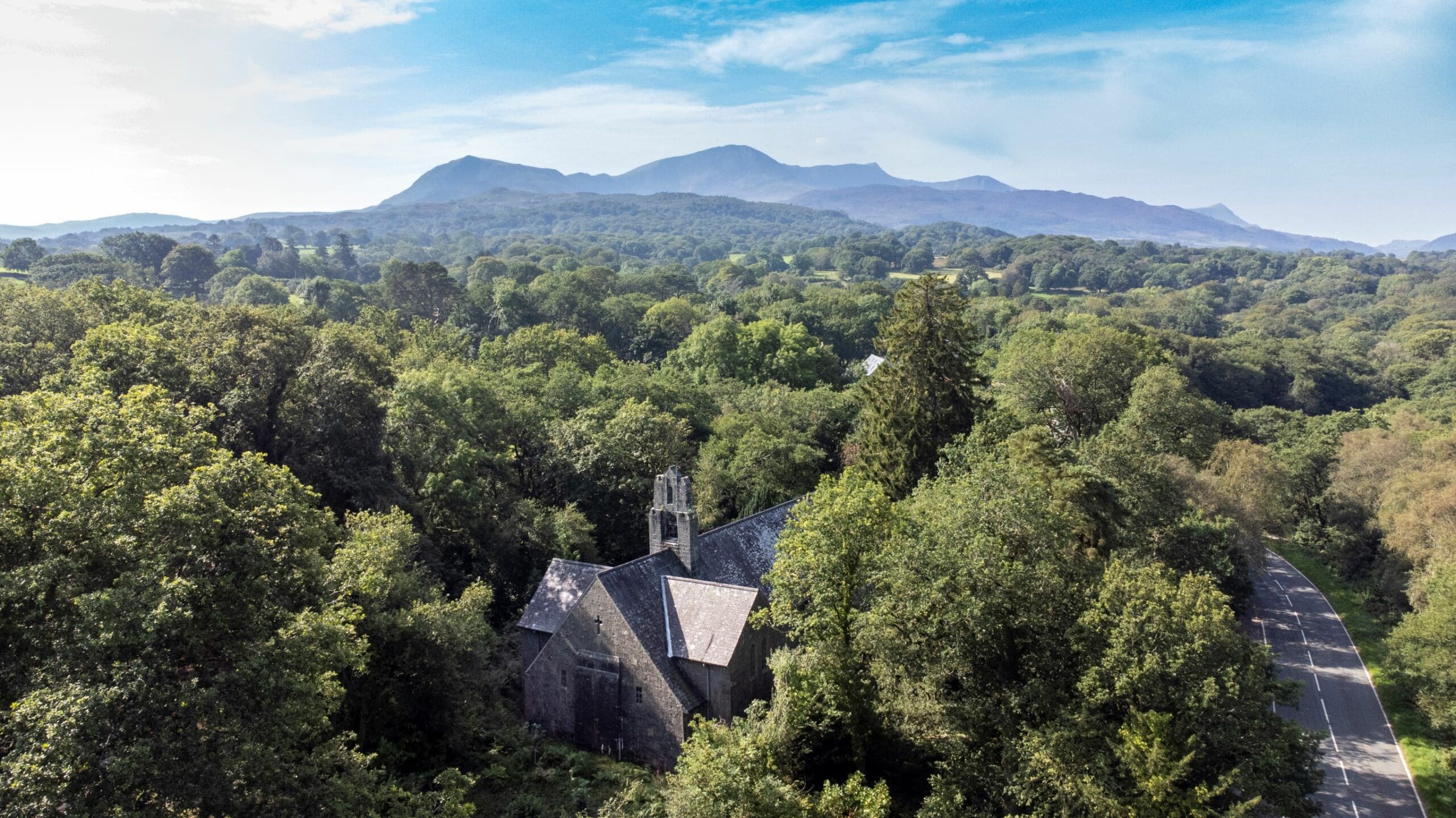
Inside, Wilson’s mastery of colour is evident, red, blue, yellow, as is that of light, filtered through the narrow windows, and causing the copper altar frontal and matching pulpit to glow. The former was the gift of the Revd Arthur in memory of his brother, who is depicted with his Guardian Angel in an evocation of the Annunciation to the Blessed Virgin. Wherever you look, there is something to delight the eye, the carved Spanish chestnut pews, the finesse of the door handles, and the brooding lead of the font.
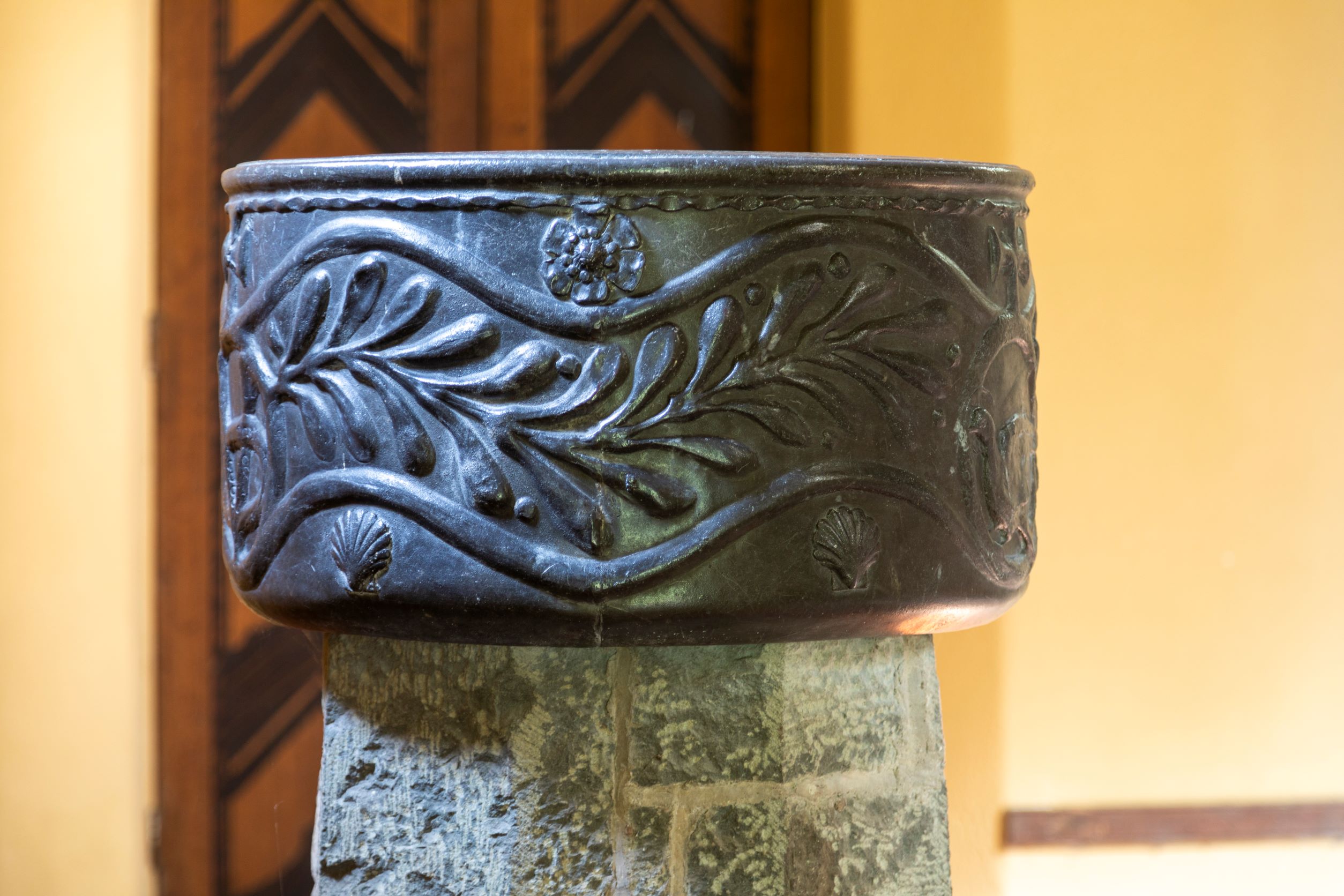
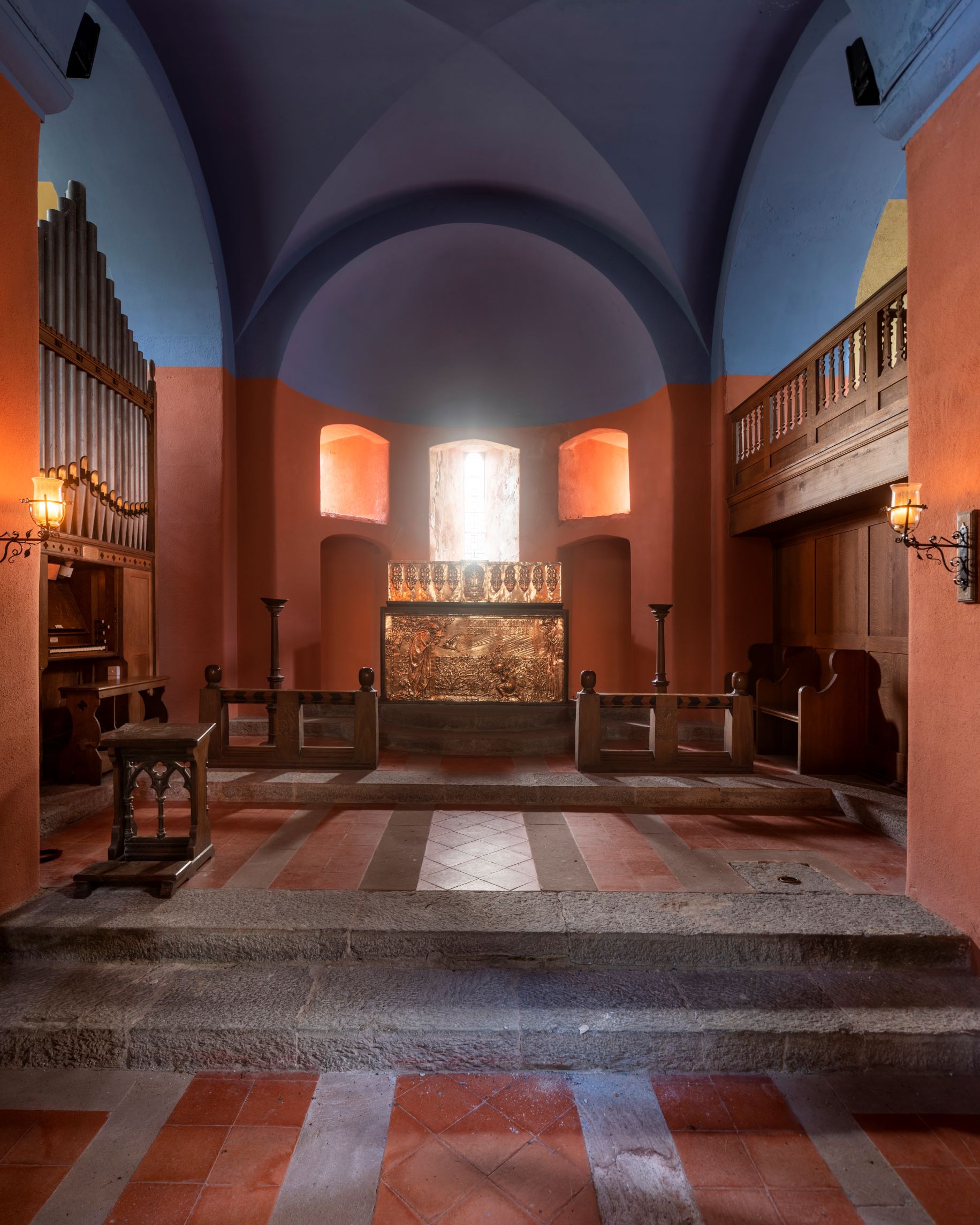
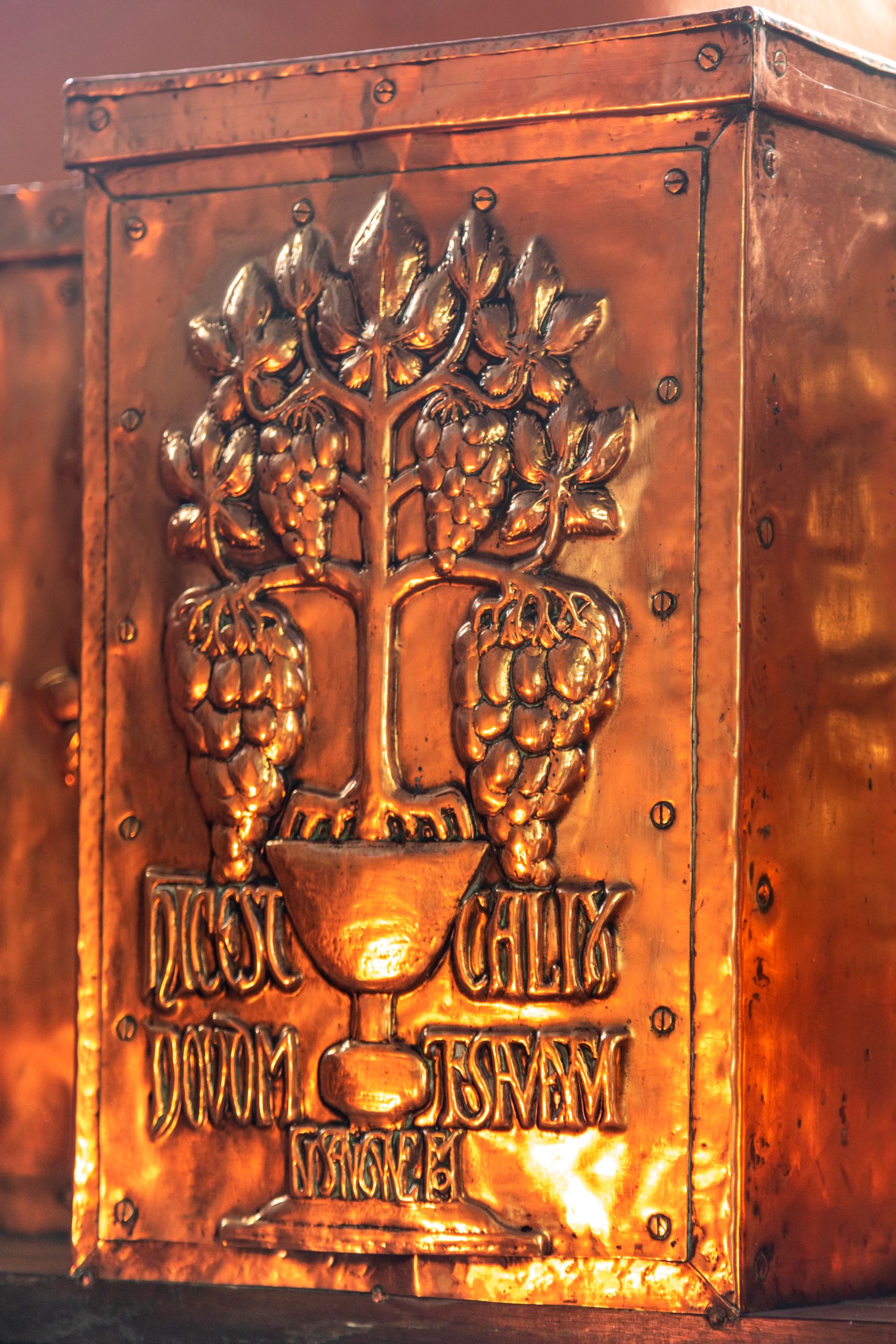

Mrs Tooth did not long survive either her husband or the consecration of her church. She died in 1899, leaving behind her what is undoubtedly an outstanding Arts & Crafts creation for us to enjoy.
Photo of Florence today by Jeff Ackley on Unsplash